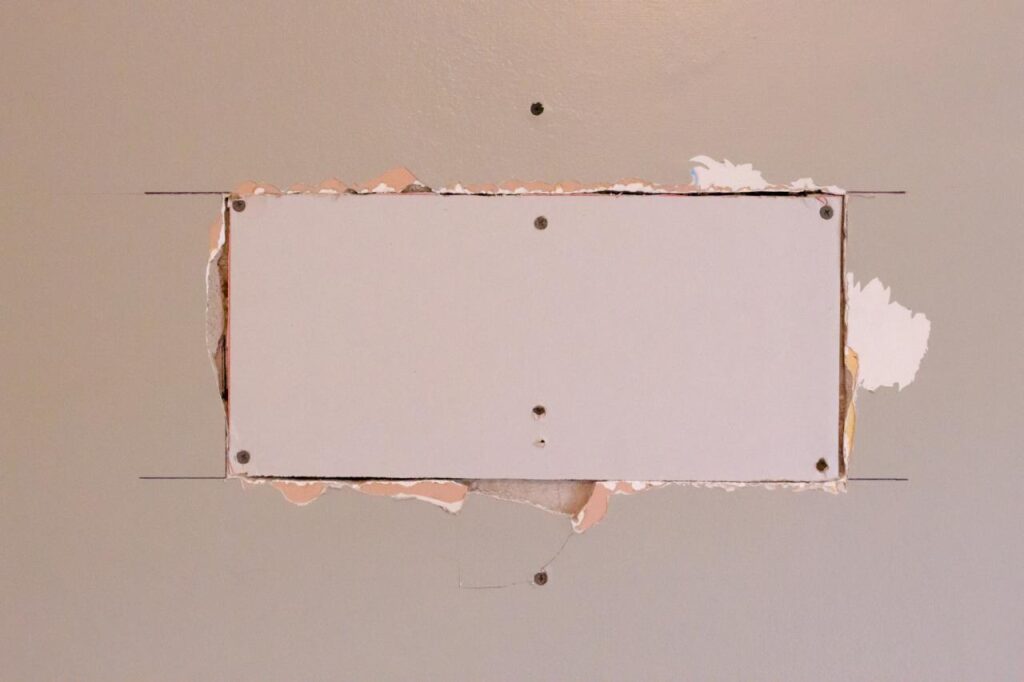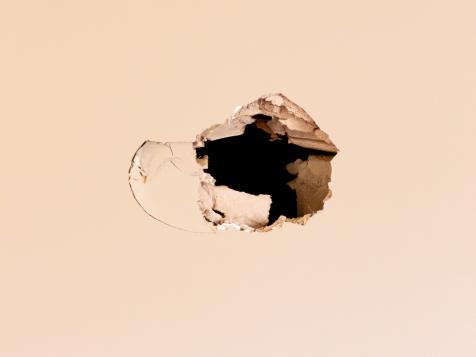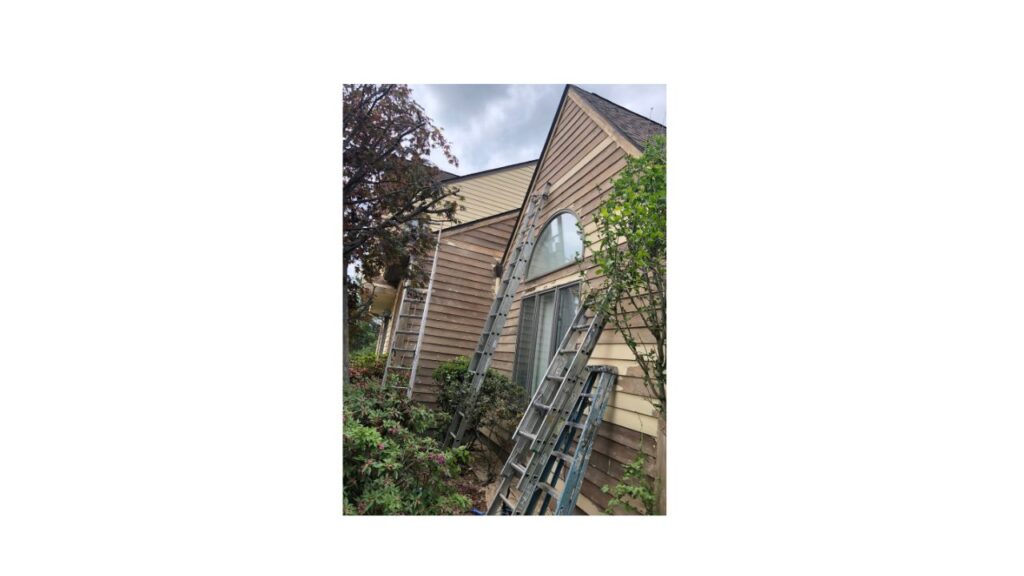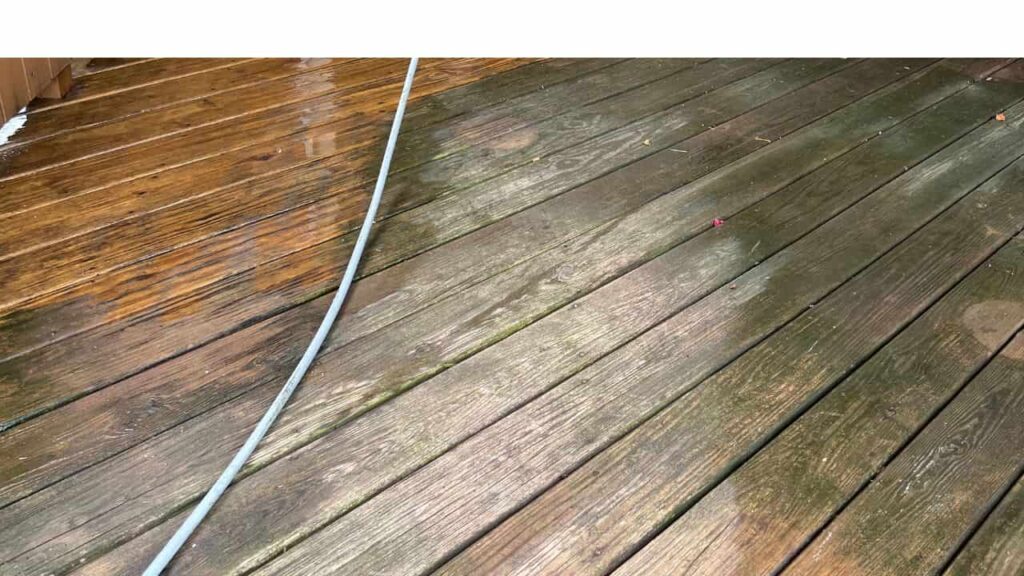Manuel Z Painting Home Improvement Inc.
Manuel Z Painting Home Improvement Inc. is a professional painting company based in Ossining, New York, with over 20 years of experience in the industry. They offer a comprehensive range of services, including:
- Interior and exterior painting: Transforming spaces with quality paintwork.
- Power washing: Cleaning surfaces like houses, decks, fences, and roofs.
- Carpentry services: Repairing rotted wood, installing crown molding, and building or repairing decks.
- Remodeling services: Handling tasks such as tile installation, sheetrock work, plastering, and wallpaper removal.
Clients have praised the company for their meticulous preparation and careful painting. One customer noted, “Manuel did an excellent job painting the exterior of our house. He did a very thorough prep (scraping, sanding, Bondo repairs) and a careful paint job.” (Yelp, MapQuest)
For more information or to request a free estimate, you can visit their website at mannypaintingcontractor.com or contact them directly at 914-424-5162. (manuel z painting home improvement inc)
Repairing a drywall skim coat or plaster depends on the extent of the damage. Here’s a step-by-step guide to fixing it:
Materials Needed:
- Joint compound (pre-mixed or powder form)
- Putty knife (4-inch and 6- to 12-inch)
- Sandpaper (120- to 220-grit)
- Drywall primer
- Paint (to match the existing wall)
- Drop cloths
- Sponge or damp rag
- Dust mask
Steps to Repair a Skim Coat on Drywall or Plaster:
1. Assess the Damage
- Small cracks, bubbles, or peeling areas can be patched up quickly.
- Larger damaged areas may require reapplying the skim coat.
2. Prep the Surface
- Remove loose skim coat or plaster using a putty knife.
- Lightly sand the damaged area to smooth rough edges.
- Wipe down the surface with a damp rag to remove dust.
3. Apply Joint Compound
- For minor damage, use a small amount of joint compound and smooth it with a putty knife.
- For larger areas, apply a thin coat using a wider knife (6- to 12-inch).
- Feather out the edges to blend with the surrounding wall.
4. Let It Dry and Sand
- Allow the compound to dry completely (typically 24 hours).
- Lightly sand the area to smooth any imperfections.
- Wipe away dust with a damp rag.
5. Apply a Second Coat (If Needed)
- If the first coat isn’t perfectly smooth, apply another thin layer of joint compound.
- Let it dry, then sand again for a seamless finish.
6. Prime the Repaired Area
- Use a drywall primer to seal the patch and prevent flashing (uneven texture when painting).
7. Paint to Match
- Once the primer is dry, apply matching paint to blend with the existing wall.
Would you like tips contact us manny z painting




